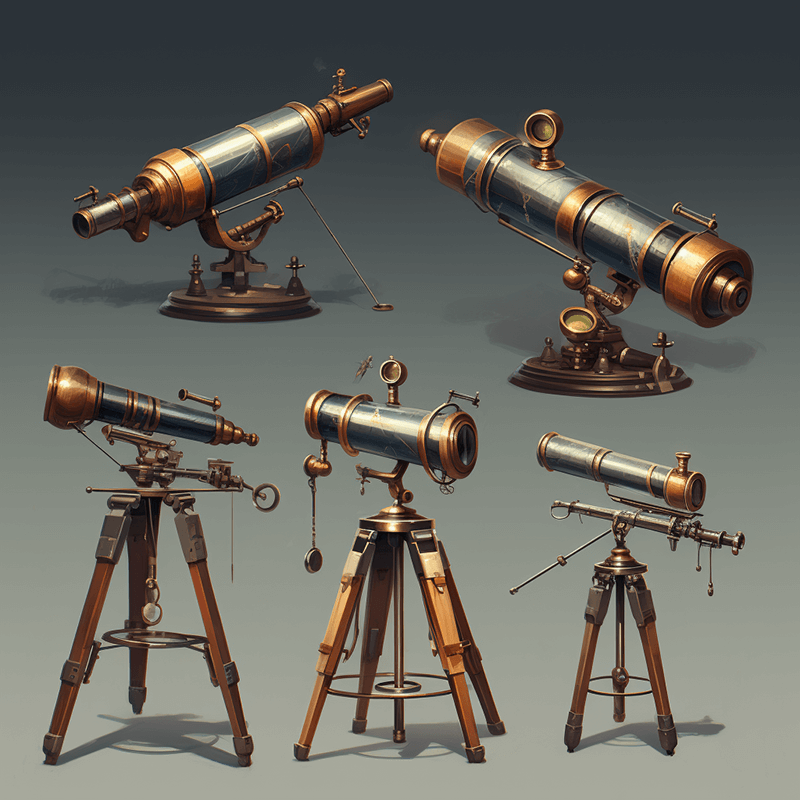
Request


There are many types of astronomical telescopes. Here are some common types:
This type of telescope uses lenses to focus light. It consists of an objective lens and an eyepiece. Refracting telescopes are suitable for observing planets, stars, and nebulae.
This type of telescope uses mirrors to focus light. It consists of a primary mirror and a secondary mirror (or a flat mirror). Reflecting telescopes are suitable for observing planets, stars, galaxies, and deep-sky objects.
This type of telescope combines both refracting and reflecting elements. It typically uses a refracting lens as the primary mirror and a lens or a secondary mirror to change the focal point of the light. Compound telescopes can provide longer focal lengths and higher resolution.
This is a special type of compound telescope design that uses a concave primary mirror and a convex secondary mirror to focus light. Cassegrain telescopes are commonly used in astrophotography and observations.
This type of telescope is specifically designed for observing infrared radiation. Infrared telescopes use special detectors and optical components to receive and analyze infrared signals.
This type of telescope is used to receive and study radio waves emitted by celestial objects. Radio telescopes use large antennas and receivers to detect faint radio signals and perform analysis and processing.
This refers to telescopes that are deployed and operated in space. Space telescopes can avoid interference from the Earth's atmosphere and provide higher observation resolution and sensitivity. Well-known space telescopes include the Hubble Space Telescope and the James Webb Space Telescope.
These are some common types of astronomical telescopes, each with its specific advantages and applications. It is important to choose the appropriate type of telescope based on observation requirements and research objectives.